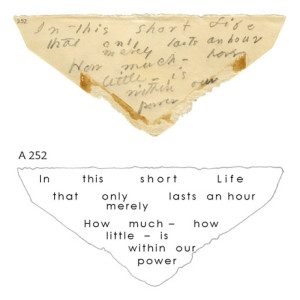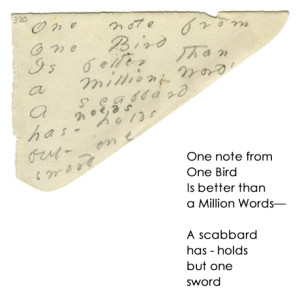Hello Friends —
When poet Michael Dickman writes that this is the last dream he ever wants to have, I believe him — and his imagery is so vivid, I don’t think I could forget this last dream even if I wanted to.
In the same collection as “Killing Flies,” Dickman titles another poem “Emily Dickinson to the Rescue,” so it’s safe to assume both the conscious and unconscious poet are aware of literary associations between flies and death, including in Dickinson’s poem “I heard a Fly buzz — when I died —”. The title of Dickman’s poetry collection itself is Flies — which raises the question of whether his poems are flies, and what it means for a poet to kill poems in his sleep.
Enjoy.
Ellen
Killing Flies
I sit down for dinner
with my dead brother
again
This is the last dream I ever want to have
Passing the forks
around the table, passing
the knives
There’s nothing to worry about
One thing I want to know is who’s in the kitchen right now if it isn’t me
It isn’t me
The kitchen is full of flies, flies are doing all the work
They light on the edge
of the roasted chicken
The bone china
That’s what they do
Light
*
I will look
more and more like him
until I’m older
than he is
Then he’ll look more like me
if I was
lost
The flies need to be killed as soon as we’re done eating this delicious meal they made
They serve us anything we want
in toxic green tuxedos
and
shit wings
My brother and I wipe our mouths
scrape our chairs back from the table
and stand up
These are the last things we’ll do together:
Eat dinner
Kill flies
*
You have to lie down
next to the bodies, shining
all in a row
like black sequins
stitching up
the kitchen floor
It’s hard to do but you have to do it
Quietly lay down
and not sleep
We were killing them with butcher knives but moved on to spatulas to save time and energy
Sticking their eyes
onto our earlobes and wrists
like Egyptian
jewelry
My brother and I work hard all night
He is my emergency exit
I am
his
dinner date


